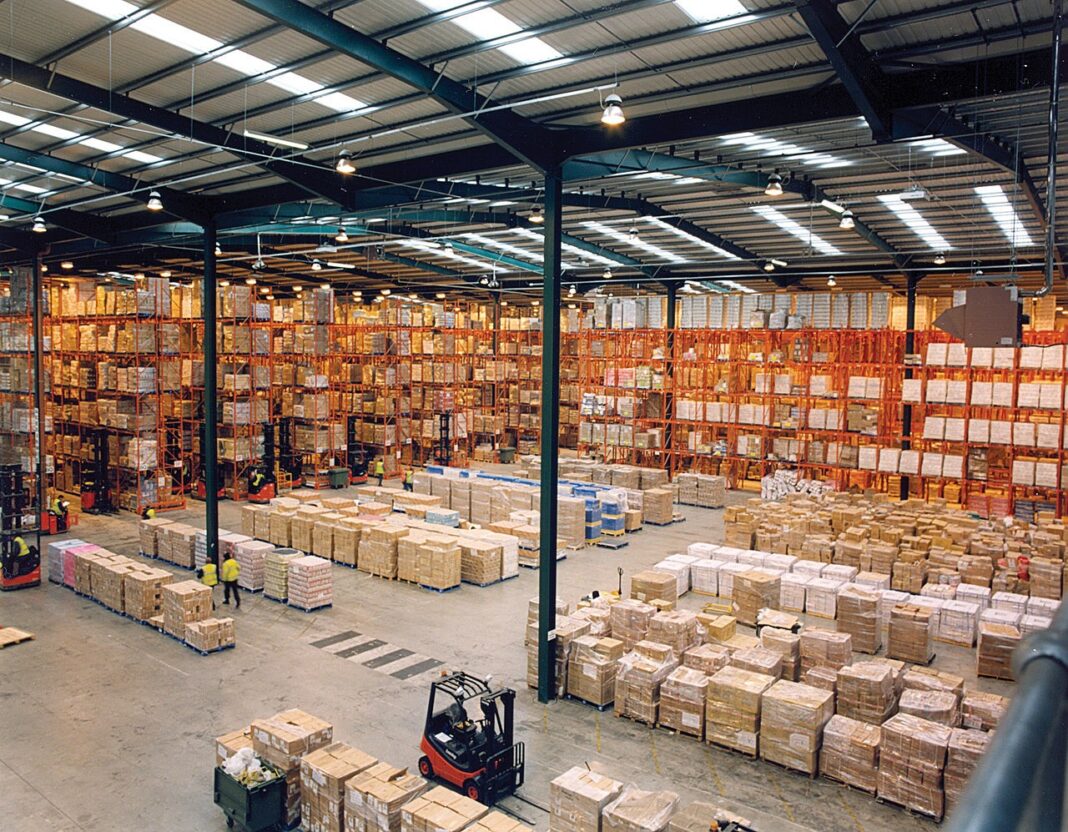In recent years, the global logistics landscape has experienced a profound transformation driven by digitization and automation.
In Africa, these changes are becoming increasingly evident as the continent begins to embrace the principles of Warehouse 4.0—a new generation of intelligent warehousing technologies.
As demand for faster, more reliable, and scalable storage and distribution systems grows across key African markets, automated storage solutions are emerging as vital infrastructure for the continent’s future supply chains.
This article explores the evolution of warehousing in Africa, the opportunities and challenges presented by automation, and the potential role of industry stakeholders in driving this transformation forward.
The Shift Towards Smart Warehousing
Warehouse 4.0 represents a fundamental shift from traditional manual warehousing to a model that integrates automation, data analytics, real-time visibility, and machine learning.
It encompasses a range of advanced technologies, including automated storage and retrieval systems (AS/RS), robotics, Internet of Things (IoT) sensors, Artificial Intelligence (AI)-driven warehouse management systems, and cloud connectivity.
In essence, Warehouse 4.0 enables facilities to operate with greater efficiency, precision, and adaptability.
It allows warehouses to process higher volumes of goods with fewer errors, better inventory control, and lower labor dependency—all critical factors in Africa’s growing logistics and retail sectors.
Why Africa Needs Automated Storage Now
Several dynamics are converging to make Warehouse 4.0 both timely and necessary for Africa:
1. E-commerce Expansion
The African e-commerce sector is expanding rapidly. Online retail platforms in countries like Nigeria, Kenya, South Africa, and Egypt are experiencing significant growth in consumer demand.
To keep pace, retailers and third-party logistics providers must reimagine how they store, sort, and distribute goods. Automation not only enables faster fulfillment but also provides the scalability needed to manage seasonal or sudden demand spikes.
2. Urbanization and Infrastructure Development
With increasing urbanization, Africa’s cities require more organized and efficient logistics systems.
The development of industrial parks, special economic zones, and transport corridors has created new opportunities for smart warehousing. Automated solutions can optimize the use of limited urban space, reduce congestion, and improve delivery times.
3. Labour and Efficiency Pressures
While Africa has traditionally been considered a low-labor-cost region, warehousing and logistics face challenges related to workforce availability, skills gaps, and the need for consistent 24/7 operations. Automation addresses these concerns by enabling continuous, high-accuracy performance with reduced reliance on human intervention.
4. Resilience and Risk Mitigation
Disruptions caused by the COVID-19 pandemic, supply chain bottlenecks, and geopolitical tensions have highlighted the need for resilient and adaptable warehouse systems.
Automation enhances warehouse agility by allowing for real-time adjustments, predictive maintenance, and greater supply chain visibility.
Current Landscape and Emerging Trends
Although automation adoption varies widely across the continent, several African nations are making strides in modernizing their warehousing operations.
South Africa remains a regional leader, with advanced logistics networks and increasing use of automation by major retailers and logistics firms. Kenya and Nigeria are also witnessing growing interest in smart warehousing, driven by investments in e-commerce and infrastructure.
Some of the most promising technologies being deployed include:
-
Automated storage and retrieval systems (AS/RS): Used to improve vertical space utilization and reduce human error in inventory handling.
-
Mobile robotics and cobots: These enable efficient order picking, especially in high-throughput environments.
-
IoT-enabled tracking systems: Offering real-time monitoring of inventory, temperature, and equipment performance.
-
AI-driven warehouse management systems: Providing data-driven insights to optimize space, labor allocation, and supply chain coordination.
Challenges to Implementation
Despite the progress, the transition to Warehouse 4.0 is not without challenges. High upfront costs for equipment and systems remain a significant barrier for small- and medium-sized enterprises (SMEs).
Many companies also face limited access to stable electricity and internet connectivity—both prerequisites for advanced automation.
Additionally, the lack of technical expertise and insufficient training programs in warehouse automation pose obstacles to widespread adoption.
To address these issues, collaboration between governments, industry players, and educational institutions will be essential. Investment in training, infrastructure, and localized technology solutions can help overcome these hurdles.
Opportunities for Industry Stakeholders
Africa’s journey toward Warehouse 4.0 presents a wealth of opportunity for stakeholders across multiple sectors:
-
Technology providers can introduce tailored automation solutions that address the unique needs of African supply chains.
-
Software developers offering AI-enabled warehouse management systems stand to benefit as more facilities seek to optimize operations.
-
Construction and real estate firms involved in logistics park development can integrate automation into their project designs from the outset.
-
Training institutions and logistics academies have a vital role to play in upskilling the workforce to meet the demands of smart warehousing.
Moreover, solution providers that align their offerings with Africa’s development goals—such as job creation, trade facilitation, and sustainability—will be best positioned to gain market traction.
A Call for Strategic Investment and Collaboration
The future of warehousing in Africa is automated, intelligent, and connected. For this future to be realized, investment in technology, talent, and infrastructure must be scaled up.
Governments and private investors alike should view Warehouse 4.0 not simply as a cost, but as a long-term strategic asset—one that enables economies to become more competitive and resilient in the global marketplace.
Industry players, especially those offering automation hardware, software platforms, or integrated logistics services, are invited to take part in this transformation.
By showcasing innovative solutions, participating in public-private partnerships, and contributing to thought leadership, these stakeholders can both shape and benefit from Africa’s emerging warehouse automation ecosystem.
Also Read
What keeps supply chain leaders awake at night?
Maximizing space: Innovative storage solutions for growing warehouses

